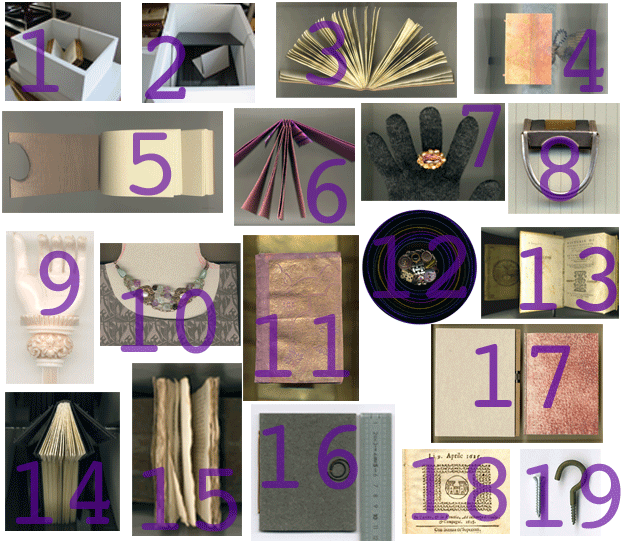 |
 |
Why ‘CALL ME DROMO’? Because Dromography is a new way to obtain images and it is easily confused with photography.
Scanners are restricted to the mere reproduction of flat images. Some years ago I started to lay objects on mine and I realised that it was possible to get very interesting results. An image obtained in this way is called ‘Dromography’. ‘Dromo’ is a name taken from the Greek verb ‘dromein’ suggesting a running track and evoking the movement of the scanner. |
 |
When you lay a book or another object on the screen of a scanner you need to have some kind of covering to create a dark area around it. You may try with a shoebox, but if you want to move the object until you have found a good angle it is better to have a wooden box, painted white to reflect the inner light, with neither a top nor a bottom. Then you can adjust the position of the object until you are satisfied with the image you see in the screen of your computer. Use a wooden cover or a board to darken the inside of the box. Click images 1,2.
Some of the images obtained with this method have a very special flying quality. Click images 3,4,5,6. It is also possible to obtain good quality images of jewels or other small objects, with no need for refined photographic equipment or the help of a professional photographer. Click images 7,8,9,10. You can obtain a rich background by covering the object with decorated or golden paper - this covering, of course, will become the background of the image; or you can create a ‘mandala’ by laying a brooch on the screen of the scanner covered with a series of round boxes of different colours. Click images 11,12.
Pushing the experiments a little bit further you can use mirrors to obtain reflected images. Click images 13,14,15. You will need a movable frame that runs along the inner sides of the box to support two mirrors in a position resembling a gable roof. Click image 2.
Unlike a photo a dromo reproduces the size of an object exactly. However if we need to change the size of the image for some practical reasons (such as adapting it to a text), a ruler can be laid next to the object as a reminder of its real measurements. Click image 16.
Dromos are good quality, rapidly accessible images, which take little space and can easily be sent by e-mail. They reproduce texture and small details with great accuracy and can therefore be used for catalogues, brochures and dossiers for your own use or for clients. Click images 9,11,17,18,19.
Of course a scanner is limited in size and some objects simply don’t fit on to it. It is not yet a substitute for a camera but an interesting alternative. Most of the images of bindings that appear in the CSB section of this site are Dromos. |
 |
|